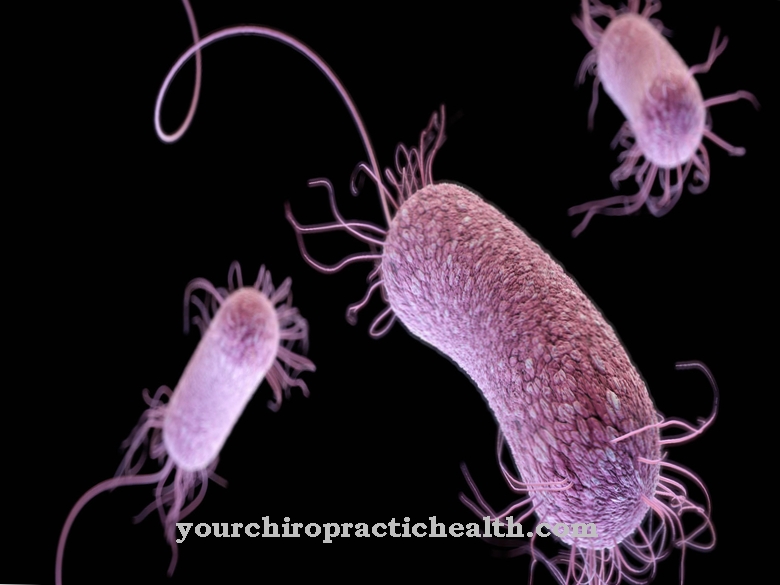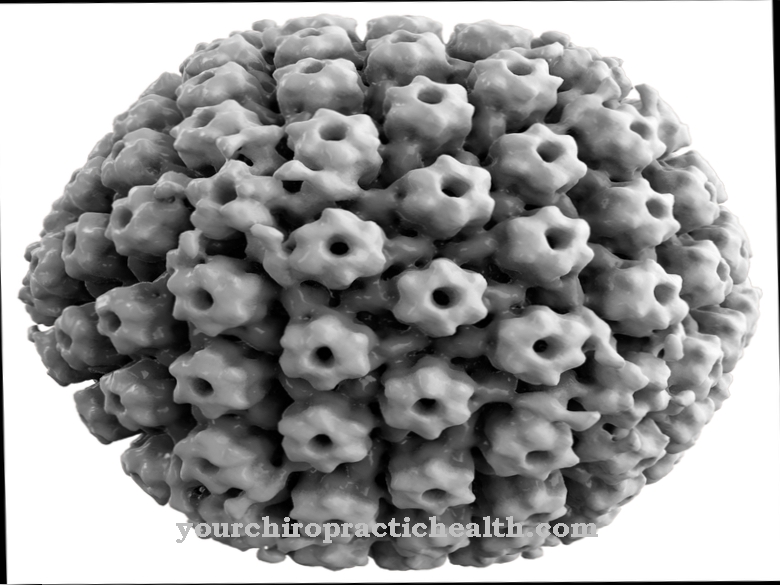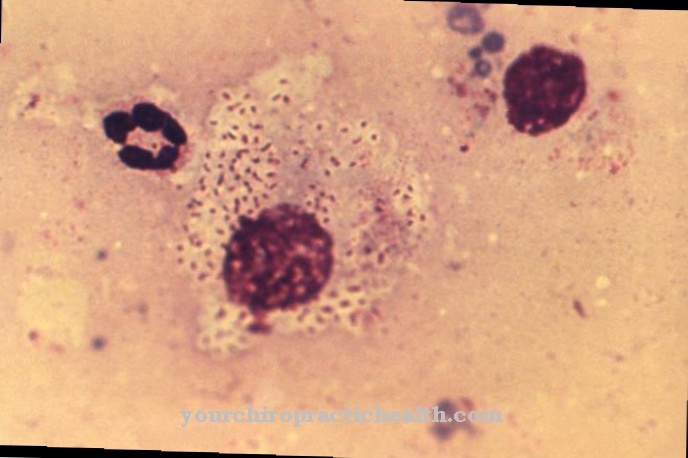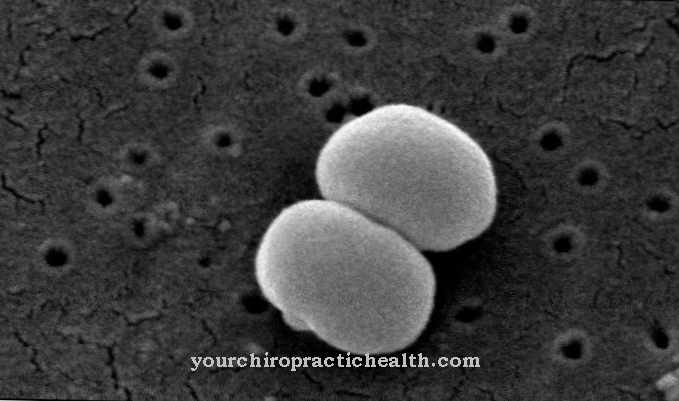Ciliates or Eyelash animals are non-cellular eukaryotes with eyelashes on the cell surface, which they use to move around and to whirl around food. They occur mainly in water and soil, live as commesals and, less often, as parasites. The species Balantidium coli is the only species pathogenic to humans.
What are ciliates?
Eukaryotes or eukaryotes are living things with a nucleus. They are to be distinguished from bacteria and archaea. The eyelash animals will too Ciliophora, Ciliata or ciliates and correspond to unicellular eukaryotes whose cell surface has eyelashes. The eyelashes are used for locomotion and the tumbling of food.
Eyelashes are considered to be the tribe of the Alveolata, which includes around 7500 different species. The eukaryotic organisms are the most highly developed and differentiated protists. The length of ciliates is between ten and up to 300 micrometers. Certain species of ciliates are even more than a millimeter long.
Living organisms consist of contractile filaments of the cell skeleton, such as actin myosin or microtubule filaments. This allows ciliates to change their surface structure and adapt to chemical or physical stimuli. In response to certain stimuli, they hurl long protein threads outwards. Predatory species of ciliates often carry toxicysts, which break through the membrane of their victims and secrete toxic substances for immobilization.
Ciliates are characterized by core dimorphism. So you have cell nuclei of different sizes. Its diploid small nucleus is called the micronucleus and its polyploid large nucleus is called the macronucleus. The macronucleus corresponds to the vegetative cell center and the micronucleus forms the germ line. Ciliates presumably emerged from syncytial multicellularity.
Occurrence, Distribution & Properties
Ciliates are mainly found in fresh water, in the sea and in the ground. In response to changes in the oxygen or carbon dioxide concentration, ciliate animals show pure reactive changes in their direction of movement and thus move themselves to an area with more favorable conditions.
In addition to free-swimming ciliates, there are firmly attached ciliates. Some live as commensals, for example the enodinia in the rumen of ruminants, which use cellulase to break down the cellulose in food. Many representatives of the species live symbiotically within the inner layer of green algae such as the zoochlorelle. A purely parasitic species is, for example, the Ichthyophthirius multifiliis, which attacks freshwater fish.
Many species of ciliates are found around the world. Many species practice asexual reproduction in the form of transverse division or, less often, longitudinal division. The genus Colpoda forms dividing cysts. During sexual reproduction, DNA is exchanged by means of a plasma bridge. This conjugation leads to the dissolution of the macronucleus. The micronuclei of the two partners create a diploid nucleus in each of the two partners through the division processes of meiosis and mitosis. After the separation of the sexual partners, another mitosis takes place, which doubles the diploid nucleus.One of the daughter nuclei thus created becomes the macronucleus by means of polyploidization, while the second becomes the micronucleus.
The food spectrum of ciliates is broad. In addition to bacteria, some ciliates feed on flagellates, algae, amoeba or fungi. Other representatives live predatory on other ciliate animals.
The cell membrane carries the cytostome as a mouth-like opening for food intake. When ingested, food is packed in food vacuoles and circulates inside the cell in a fixed way through the entire cell body, where it is acidified by means of acidosomes and enriched with hydrolase by lysosomes. Inside the cell, food decomposes and vital substances reach the cytoplasm, with residual substances being excreted in the form of a cytopyge on the cell extractor.
Illnesses & ailments
Balantidium coli is the only type of ciliate that affects humans. It lives commensally to parasitically in the digestive tract and can cause diarrhea and ulcers in the intestines. Balantidium coli have a very broad spectrum of possible hosts, ranging from coelenterates to crustaceans and various mammals, especially pigs. In many hosts, the ciliate infestation does not cause any symptoms of the disease.
Humans are rarely affected, but infection can develop gastrointestinal symptoms. The cysts of the ciliates are usually ingested with contaminated food or with contaminated water. In the host's gut, the cysts develop into active trophozoites. They then form bottle-like lesions within the submucosa, which lies between the mucous membrane and the muscle tissue within the large intestine. There the ciliates form nests. The host excretes the cysts as well as active cells with the feces.
The ciliates do not form known poisons, but the ciliate infestation can promote the formation of ulcers in the area of the large intestine in humans. This connection is due to the formation of hyaluronidase, which dissolves hyaluronic acid in the connective tissue. In particularly severe cases, symptoms such as bloody stool, permanently imperative to have a bowel movement and severe weight loss can occur. In extreme cases, such a severe infestation can be fatal. This is seldom the case, however, as the ciliate infection can be treated well with tetracyclines or metronidazole.
A preventive measure is hygiene, which is particularly relevant when dealing with animals such as pigs. In this context, prophylactic hygiene protects against infection with the ciliates, especially in warmer climates. The pathogens are usually not absorbed through pork as long as the meat is not consumed raw.

























.jpg)


